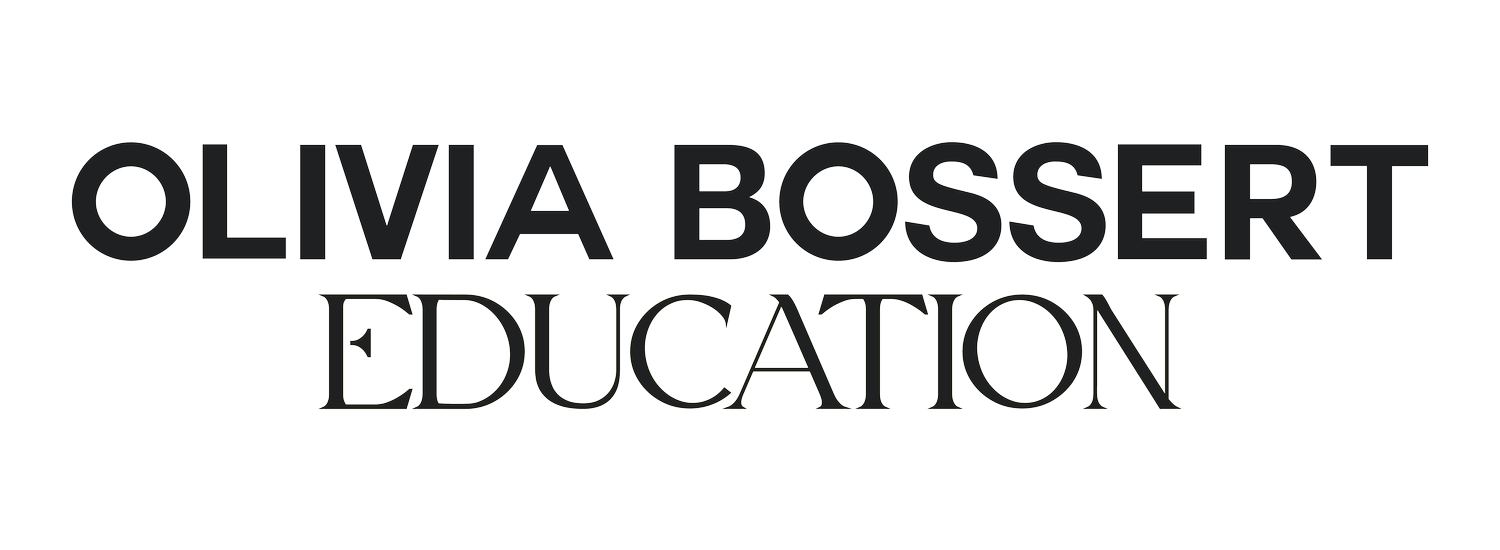How to plan a high-end fashion shoot that gets you booked in 2025
Planning a professional fashion photoshoot may seem overwhelming, but with the right process, it becomes not only manageable—it becomes transformative. Whether you're an emerging fashion photographer or looking to level up your portfolio, this detailed guide will walk you through every step needed to create high-quality, editorial-worthy images that attract the clients and brands you want to work with.
Why You Need to Plan Your Photoshoots Like a Pro
If you're serious about becoming a professional fashion photographer, you can’t afford to just wing it. A chaotic, unplanned shoot can lead to disappointing images, frustrated teams, and missed opportunities. By contrast, a well-planned shoot gives your creativity structure, helps you avoid common pitfalls, and ensures your portfolio aligns with your career goals.
Step 1: Brain Dump Your Fashion Shoot Ideas
Start by getting everything out of your head and onto paper—or your digital notes app. These might be:
Specific fashion concepts
Inspiration from magazines, movies, or Pinterest
Themes, colors, or locations
Gaps in your portfolio you'd like to fill
Don't censor yourself at this stage—just pour it all out. Later, you’ll refine these raw ideas into a shoot concept that makes sense for your portfolio and career direction.
Step 2: Define the Shoot’s Purpose
Once your ideas are in front of you, ask yourself:
What brand would I love to shoot for?
What does my portfolio need more of (e.g., beauty shots, menswear, location shoots)?
Who is this shoot for—me, my dream client, or an agency?
Being clear on your purpose helps you shoot intentionally. You’re no longer doing “random fashion tests”; you’re creating assets that align with your future.
Step 3: Create a Mood Board (or Three)
Don’t stop at one mood board. Make multiple:
Styling Mood Board: Clothing, accessories, runway looks
Hair and Makeup Mood Board: Beauty references, textures, colors
Lighting and Posing Mood Board: Image tone, framing, shadows
Use tools like Pinterest, Milanote, or even PowerPoint. Your mood boards will serve as your creative anchor and help communicate your vision to your team.
Step 4: Plan Your Lighting Setup
Whether you're working in natural light or studio lighting, make a clear plan:
Natural Light Shoots: Scout the location and note where and when the light is best.
Studio Shoots: Know what modifiers, lighting angles, and camera settings you’ll need.
Avoid showing up unsure of how to light your shoot. When you're confident in your lighting, the whole team can move faster and work better.
Step 5: Write Your Shot List
This is your antidote to freezing up on set. Outline every shot you plan to take:
Full-body, close-up, or mid-crop?
Standing, sitting, walking poses?
Lighting direction—front-lit or backlit?
If you’re shooting on location, go there ahead of time and take iPhone pictures to plan the compositions. For studio, break it down by angle and pose. You can leave space for creativity on the day, but don’t go in unprepared.
Step 6: Plan Styling, Hair & Makeup
It might not be technically your job, but you are the shoot’s creative director. Even if you're working with a stylist or HMUA, you need to provide direction:
What’s the overarching theme (e.g., all denim, pops of red)?
Include visuals from Vogue runways or editorial examples.
Show natural makeup references or glam looks with details (e.g., rosy cheeks, slicked-back hair).
Clear direction avoids misunderstandings and helps your team deliver results that match your vision.
Step 7: Cast the Right Model
Your model should match your shoot’s vibe and target brand. Ask yourself:
Do I want freckles? Red hair? Dark skin? A androgynous look?
Will this model elevate the concept and help tell the story?
Work with model agencies when you can. If not, scout Instagram or cast locally. Don’t settle—casting well can make or break your shoot.
Step 8: Manage Your Logistics
Now the practical stuff:
Pick a shoot date that works for everyone—create a WhatsApp or Instagram group to coordinate availability.
Book your location or studio early and confirm everything in writing.
Create a timeline for the shoot day: arrival, setup, shooting slots, lunch break, outfit changes, and wrap-up.
Every hour needs a plan. Shoots go faster than expected, so build in buffer time and plan smart.
Step 9: Build Your Dream Team
Reach out early to:
Stylists
Hair and makeup artists
Assistants or second shooters
Use Instagram to find up-and-coming creatives. If someone seems out of reach, ask if their assistant is available. Many established artists have rising team members who are eager to shoot.
Step 10: Make a Call Sheet
One week before the shoot, send out a professional call sheet to everyone involved. It should include:
Date, location, and call time
Key contact info (especially yours)
Timeline of the day
Mood board visuals
Equipment and wardrobe notes (optional)
This simple document keeps everyone on the same page and prevents chaos on the day.
Final Thoughts: Be Intentional, Stay Flexible
Great shoots are the result of great planning. When you put the work in ahead of time—creatively and logistically—your on-set experience becomes smoother, faster, and more professional. Your team will notice. Your work will improve. And most importantly, your career will move forward.
💡 Bonus Tip: Want a printable version of this guide? Take the free quiz and download your personalized fashion shoot planning roadmap!
Want More Help Planning Fashion Shoots?
Check out Olivia Bossa’s resources on Instagram: @oliviabossaeducation. You can also join Perfect Portfolio for a deeper dive into shoot timelines, creative direction, and portfolio strategy.
Don’t forget to share this post with other creatives planning their next big shoot. Let’s raise the bar for fashion photography in 2025!

